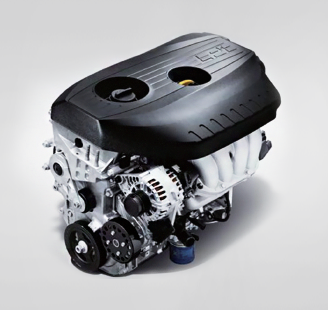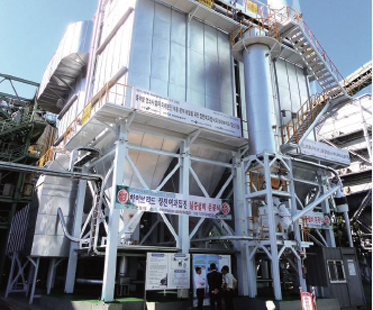Menu
- About KEITI
-
What we do
- ESG Management Support
- International Environmental Cooperation
- Fostering environmental companies
- GREEN CLUSTER
- Environmental R&D
- Eco Label & Green consumption
- Sustainable Consumption and Production
- Environmental Safety and Health
- Scholarship program for international environmental cooperation(MGLEP)
- News







